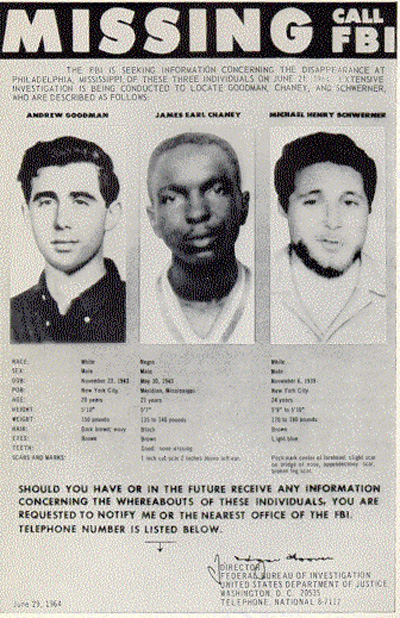"In 1950, basketball was like a babe in the woods. It didn't enjoy the notoriety that baseball did." So explained Earl Lloyd, the first black player in the National Basketball Association. He did for basketball what Jackie Robinson did for baseball. Here is his story.
Earl Francis Lloyd was born on April 3, 1928 in Alexandria, Virginia. He took up basketball in Grade 6 and soon excelled at the sport. He attended a black high school which would later be integrated with the local white high school and the new school would be called T.C. Williams. This is the school featured in the fact-based football movie "Remember the Titans".
Upon graduation from high school, he was accepted at West Virginia State College, also an all-black school. Earl played on the basketball team where he and his teammates won the C.I.A.A. championship in 1948 and 1949. At 6 feet 7 inches, Earl soon acquired the nickname "The Big Cat". In four years of college, Earl and his friends only visited the city of Charleston three or four times, even though it was only 10 miles away. Being a segregated city, they chose to stay on campus where it was safe. One day, a friend approached him on the college campus and said she heard on the radio that Earl was going to be drafted by an NBA team. Because the owners and managers were white, they did not usually visit black campuses.
Map courtesy www.enchantedlearning.com.
But the friend was right and Earl was soon signing on the dotted line with the Washington Capitols. This was his first chance to have a conversation with a white person in his entire life. Earl found his teammates to be accepting of him despite his skin colour. He had no car and it was white teammate Bill Sharman who drove him to every practice. His white coach, Horace "Bones" McKinney, also accepted him with open arms. AT one point the team lodged at a hotel where Earl was refused entry at the restaurant. Earl ordered room service and Coach McKinney ate with him in his hotel room. The young basketball star "carried that gesture for the rest of his life".
While Earl's teammates were supportive, and the opposing teams were supportive, the fans were not. They taunted him mercilessly in places like St. Louis, Fort Wayne and Indianapolis, shouting insults like "Go back to Africa" and "Show us your tail". Like Jackie Robinson, Earl Lloyd refused to take the bait. Instead, he used the rude fans' insults to fuel his fire on the basketball court.
Earl's time with the Washington Capitols was brief as he was drafted into the American military and sent overseas to Korea. After two years in the service, he returned home to find out his team had folded. He was picked up by the Syracuse Nationals where he averaged 10.2 points per game. While travelling with Syracuse, he still encountered racism. The team was invited to an exhibition game in South Carolina, but Earl was not allowed to go due to his skin colour. It was bad enough that he couldn't play, but even worse that his teammates said nothing to him about the matter. He was hoping that they would at least acknowledge the injustice of the situation.
Photo of NBA champions, Syracuse Nationals, 1955 courtesy jpollard.homestead.com.
Earl continued to rack up points on the basketball court and in 1955, he received the ultimate reward -- the NBA championship. After six years with Syracuse, Earl signed on with the Detroit Pistons for his last two seasons. In 1960, he retired.
Earl soon became the NBA's first black assistant coach. Then in 1965, the general manager of the Pistons wanted to make him the head coach, but his decision was overridden by someone higher up. Earl did become the Pistons' head coach, however, seven years later.
Earl was inducted into the Basketball Hall of Fame in 2002. His fans will never forget the class he showed both on and off the court. He was once asked who was the one person he would pick to have lunch with if he had the chance. He said his first choice was Jesus, but if he could not lunch with Jesus, his second choice was his favourite sports hero -- Jackie Robinson.
Note: For more information read his autobiography, Moon Fixer: The Basketball Journey of Earl Lloyd.














